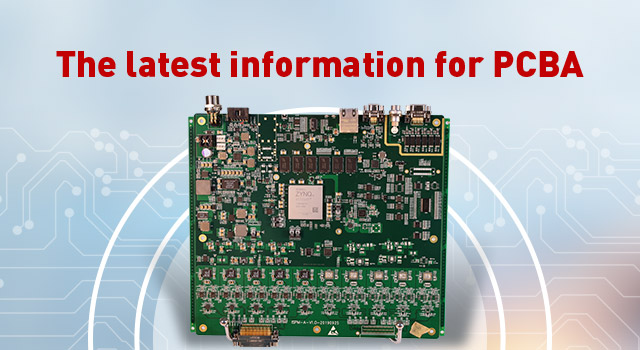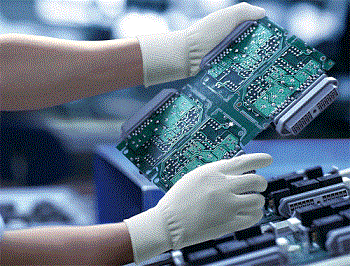
How does pcb board manufacturer protect against static electricity?
date:Oct 18,2019
Return listHow does pcb board manufacturer protect against static electricity?
Principle of electrostatic protection
1. Avoid the generation of static electricity. To prevent the accumulation of static charge in places where static electricity is likely to occur, the pcb board manufacturer takes certain measures to avoid or reduce the generation of electrostatic discharge, and can eliminate the charge accumulation during using.

2. Create a conditional discharge. When the charged object is a conductor, a simple ground leakage method is used to completely eliminate the charge.
3. Neutralize static electricity. When the insulating object is charged, the charge cannot flow and cannot leak. The pcb board manufacturer can use the static eliminator to generate ions to neutralize the static charge.
Various protective measures for static electricity.
1. Prevent the generation of static electricity.
A. Control the generation environment of static electricity. Humidity control increases humidity without causing corrosion or other hazards to equipment or products; the pcb board manufacturer lowertemperature as much aspossible.
B. Prevent the human body from being charged, wear anti-static clothing, etc.
C. Material selection: The surface of the material is smooth and flat, clean and non-staining; the usingof electrostatic conductor materials and low-resistance dissipative materials.
D. Process Control: Specify and implement an anti-static operating procedure. Production tools and packaging are anti-static.
2. Reduce and eliminate static electricity
A. Grounding: Floor and workbench are properly grounded; tools, equipment, and instruments are grounded.
B. Humidification
C. Neutralization: use a suitable static eliminator
D. Doping: Add a layer of material on the surface of the non-conductor material or appliance to increase the surface conductivity and accelerate the leakage and release of the charge.
3. Reduce static hazards
Pcb board manufacturer uses electrostatic shielding and grounding design
4. Strictly implement anti-static management
A. Usingof warnings, signs and symbols
B. Inspection and audit according to standards
Regularly check tools with anti-static requirements to keep them in a qualified state; test environmental parameters such as humidity, temperature, concentration, static pointposition, etc.; test the electrostatic sensitivity of the product and establish a quality analysis and feedback system.

